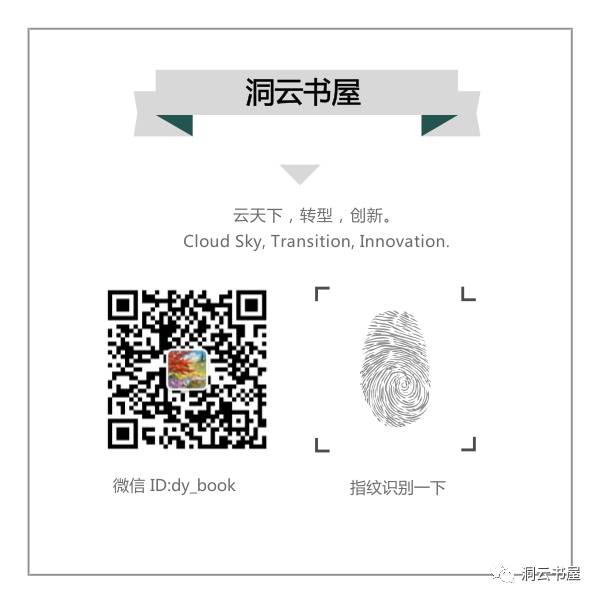无线传感器特性

(注:本文是译文,Original text from white paper of IEC)
Today, smart grid, smart homes, smart water networks, intelligent transportation, are infrastructure systems that connect our world more than we ever thought possible. The common vision of such systems is usually associated with one single concept, the internet of things (IoT), where through the use of sensors, the entire physical infrastructure is closely coupled with information and communication technologies; where intelligent monitoring and management can be achieved via the usage of net-worked embedded devices. In such a sophisticated dynamic system, devices are interconnected to transmit useful measurement information and con-trol instructions via distributed sensor networks.
如今,智能电网、智能家居、智能水网、智能交通等都是基础设施,它们比我们想象的更能连接我们的世界。这种系统的共同愿景通常与一个单一的问题,即物联网(IOT)相关,通过使用传感器,整个物理基础设施与信息和通信技术紧密耦合,其中智能监控和管理可以通过使用嵌入式网络设备实现。在这样一个复杂的动态系统中,设备相互连接以通过分布式传感器网络传输有用的测量信息和控制指令。
A wireless sensor network (WSN) is a network formed by a large number of sensor nodes where each node is equipped with a sensor to detect physical phenomena such as light, heat, pressure, etc. WSNs are regarded as a revolutionary information gathering method to build the information and communication system which will greatly improve the reliability and efficiency of infrastructure systems. Compared with the wired solution, WSNs feature easier deployment and better flexibility of devices. With the rapid technological development of sensors, WSNs will become the key technology for IoT.
无线传感器网络(WSN)是由大量的传感器节点构成的网络,每个节点都配备有检测光、热、压力等物理现象的传感器, WSNs被认为是建立信息和通信的一种革命性的信息收集方法。系统将大大提高基础设施系统的可靠性和效率。与有线解决方案相比,WSNs具有更容易部署和更好的设备灵活性的特点。随着传感器技术的快速发展,无线传感器网络将成为物联网的关键技术。
Today sensors are everywhere. We take it for granted, but there are sensors in our vehicles, in our smart phones, in factories controlling CO2 emissions, and even in the ground monitoring soil conditions in vineyards. While it seems that sensors have been around for a while, research on wireless sensor networks (WSNs) started back in the 1980s, and it is only since 2001 that WSNs generated an increased interest from industrial and research perspectives. This is due to the availability of inexpensive, low powered miniature components like processors, radios and sensors that were often integrated on a single chip (system on a chip (SoC)).
今天到处都是传感器。我们认为这是理所当然的,它出现在我们的交通工具,我们的智能手机,在控制二氧化碳排放的工厂,甚至在地面监测葡萄园土壤条件的传感器。虽然传感器已经出现了一段时间,但无线传感器网络(WSNs)的研究始于20世纪80年代,从2001开始,WSNs从工业和研究的角度产生了越来越大的兴趣。这是由于廉价、低功耗的微型组件,如处理器、收音机和传感器,它们通常集成在一个芯片上(SoC))。
The idea of internet of things (IoT) was developed in parallel to WSNs. The term internet of things was devised by Kevin Ashton in 1999 [1] and refers to uniquely identifiable objects and their virtual representations in an “internet-like” structure. These objects can be anything from large buildings, industrial plants, planes, cars, machines, any kind of goods, specific parts of a larger system to human beings, animals and plants and even specific body parts of them.
物联网(IOT)的思想是与WSNs并行开发的。“物联网”是由Kevin Ashton在1999(1)中提出的,指的是“互联网类”结构中唯一可识别的对象和它们的虚拟表示。这些物体可以是从大型建筑、工业厂房、飞机、汽车、机器、任何种类的物品、更大系统的特定部分到人类、动物和植物,甚至指定它们的身体部位。
While IoT does not assume a specific communication technology, wireless communication technologies will play a major role, and in particular, WSNs will proliferate many applications and many industries. The small, rugged, inexpensive and low powered WSN sensors will bring the IoT to even the smallest objects installed in any kind of environment, at reasonable costs. Integration of these objects into IoT will be a major evolution of WSNs.
虽然IoT不承担特定的通信技术,但无线通信技术将发挥重要作用,尤其是无线传感器网络将大量应用于许多行业。小的、坚固的、廉价的和低功率的WSN传感器将使IoT甚至以最小的成本安装在任何环境中,以合理的成本。将这些对象集成到物联网将是无线传感器网络的一个重大演进。
A WSN can generally be described as a network of nodes that cooperatively sense and may control the environment, enabling interaction between persons or computers and the surrounding environment [2]. In fact, the activity of sensing, processing, and communication with a limited amount of energy, ignites a cross-layer design approach typically requiring the joint consideration of distributed signal/data processing, medium access control, and communication protocols.
WSN通常可以被描述为合作感知和控制环境的节点网络,使人或计算机和周围环境之间的交互。事实上,感测、处理和与有限数量的能量通信的活动开户了跨层设计方法,通常需要联合考虑分布式信号/数据处理、介质访问控制和通信协议。
Through synthesizing existing WSN applications as part of the infrastructure system, potential new applications can be identified and developed to meet future technology and market trends. For instance WSN technology applications for smart grid, smart water, intelligent transportation systems, and smart home generate huge amounts of data, and this data can serve many purposes.
通过将现有的WSN应用综合到基础设施系统的一部分,可以识别和开发潜在的新应用,以满足未来技术和市场趋势。例如,WSN技术应用于智能电网、智能水、智能交通系统和智能家居中所产生的大量数据,并且这些数据可以服务于许多目的。

